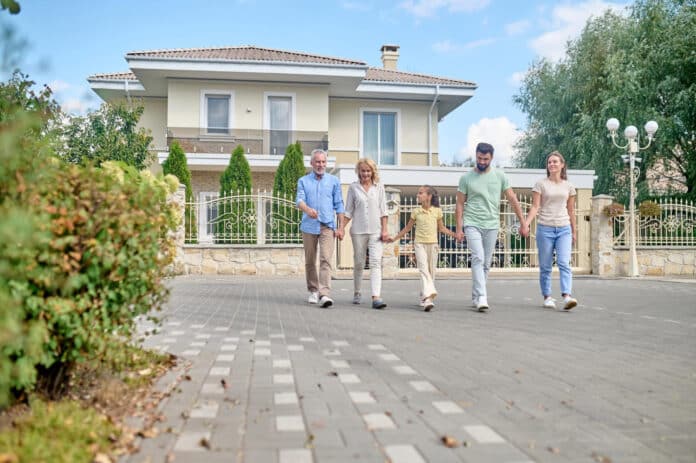The risks of heart disease, stroke, dementia in older persons, and premature death are all raised by 29%, 32%, 50%, and 60%, respectively, by loneliness and isolation. Multiple physical health outcomes positively correlate with neighborhood walkability, although connections with social health are less specific.
A new study by the Herbert Wertheim School of Public Health and Human Longevity Science at the University of California San Diego examined how neighborhood walkability was related to neighborhood social health. The findings show that adults who live in walkable neighborhoods are more likely to interact with their neighbors and have a stronger sense of community than people who live in car-dependent communities.
James F. Sallis, Ph.D., Distinguished Professor at the Herbert Wertheim School of Public Health and senior author of the UC San Diego study, said, “Our built environments create or deny long-lasting opportunities for socialization, physical activity, contact with nature, and other experiences that affect public health.”
“Transportation and land use policies across the U.S. have strongly prioritized car travel and suburban development, so millions of Americans live in neighborhoods where they must drive everywhere, usually alone, and have little or no chance to interact with their neighbors.”
Walking for leisure or as a mode of transit to and from work, school, and other destinations is encouraged in walkable neighborhoods.
1,745 adults between the ages of 20 and 66 who lived in 32 neighborhoods in and around Seattle, Baltimore, and Washington, D.C., were included in the Neighbourhood Quality of Life Study, which provided the study’s data.
First author Jacob R. Carson, M.P.H., a student in the UC San Diego – San Diego State University Joint Doctoral Program in Public Health, said, “Neighborhood walkability may promote social interactions with neighbors — like waving hello, asking for help or socializing in their homes.”
“Promoting social interaction is an important public health goal. Understanding the role of neighborhood design bolsters our ability to advocate for the health of our communities and the individuals who reside in them.”
“Fewer traffic incidents, increases in physical activity, and better neighborhood social health outcomes are just a few of the results of designing walkable neighborhoods that can enrich our lives.”
Journal Reference:
- Jacob R. Carson, Terry Conway, et al. Neighborhood walkability, neighborhood social health, and self-selection among U.S. adults. Health & Place. DOI: 10.1016/j.healthplace.2023.103036
